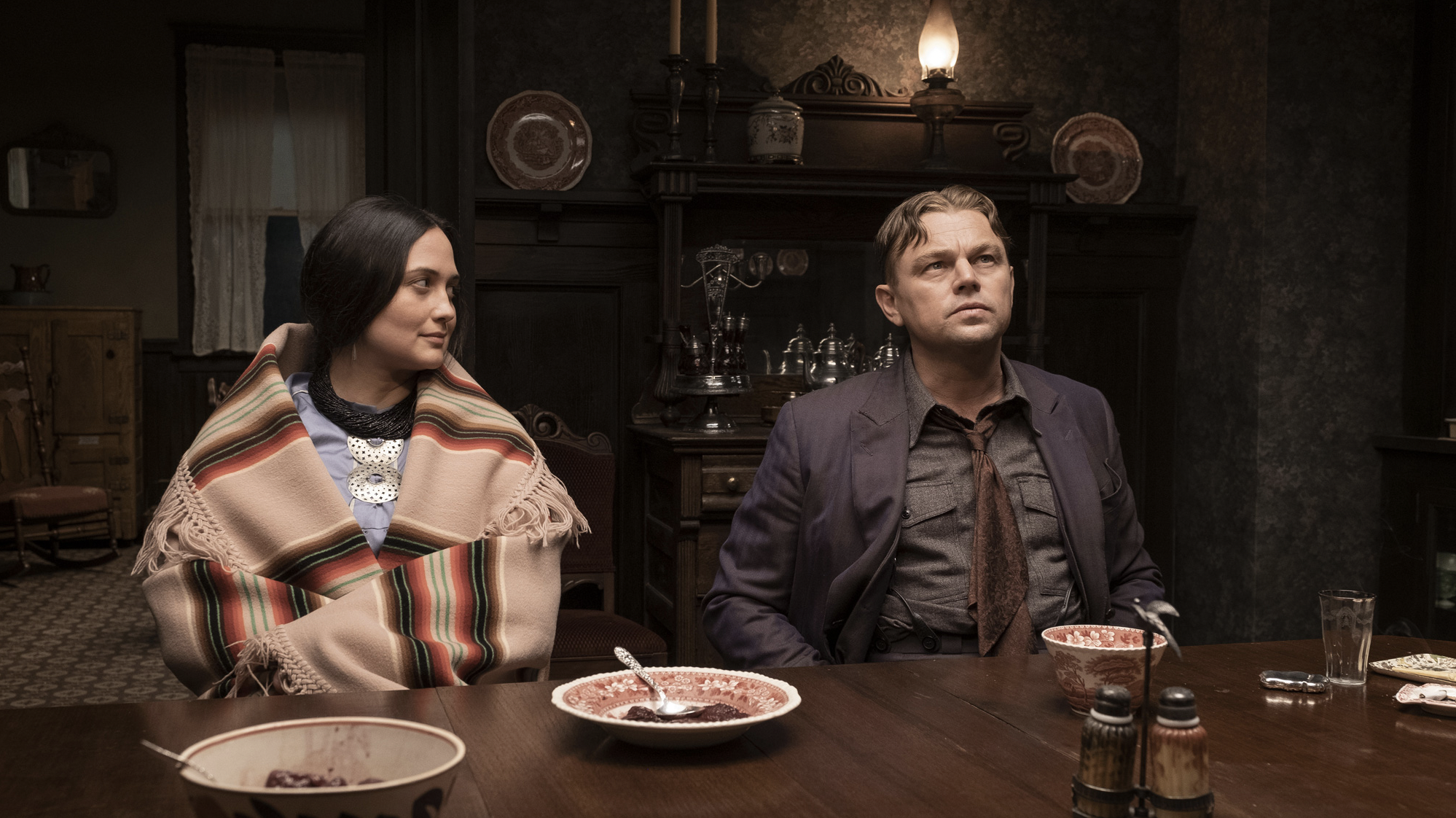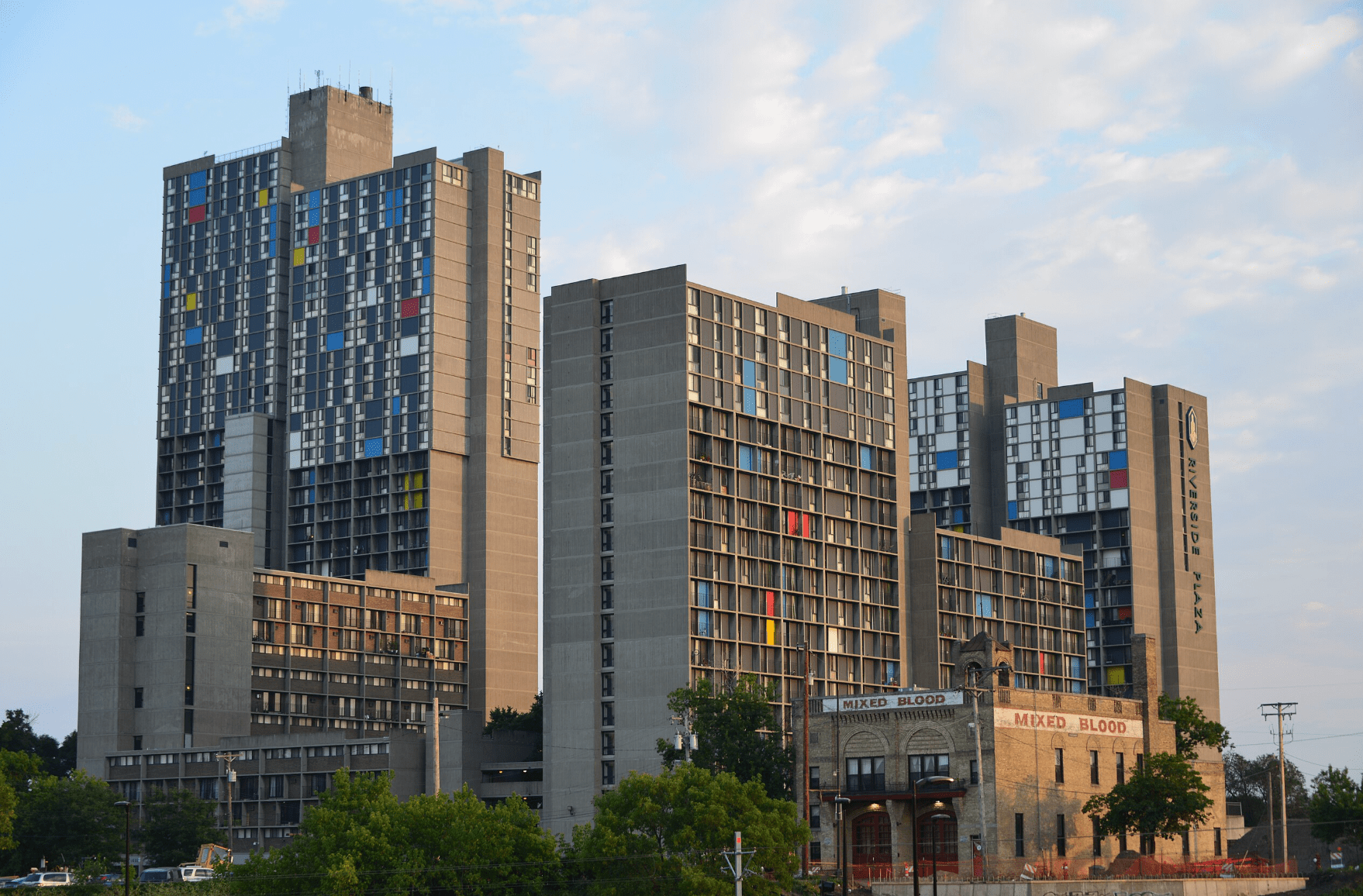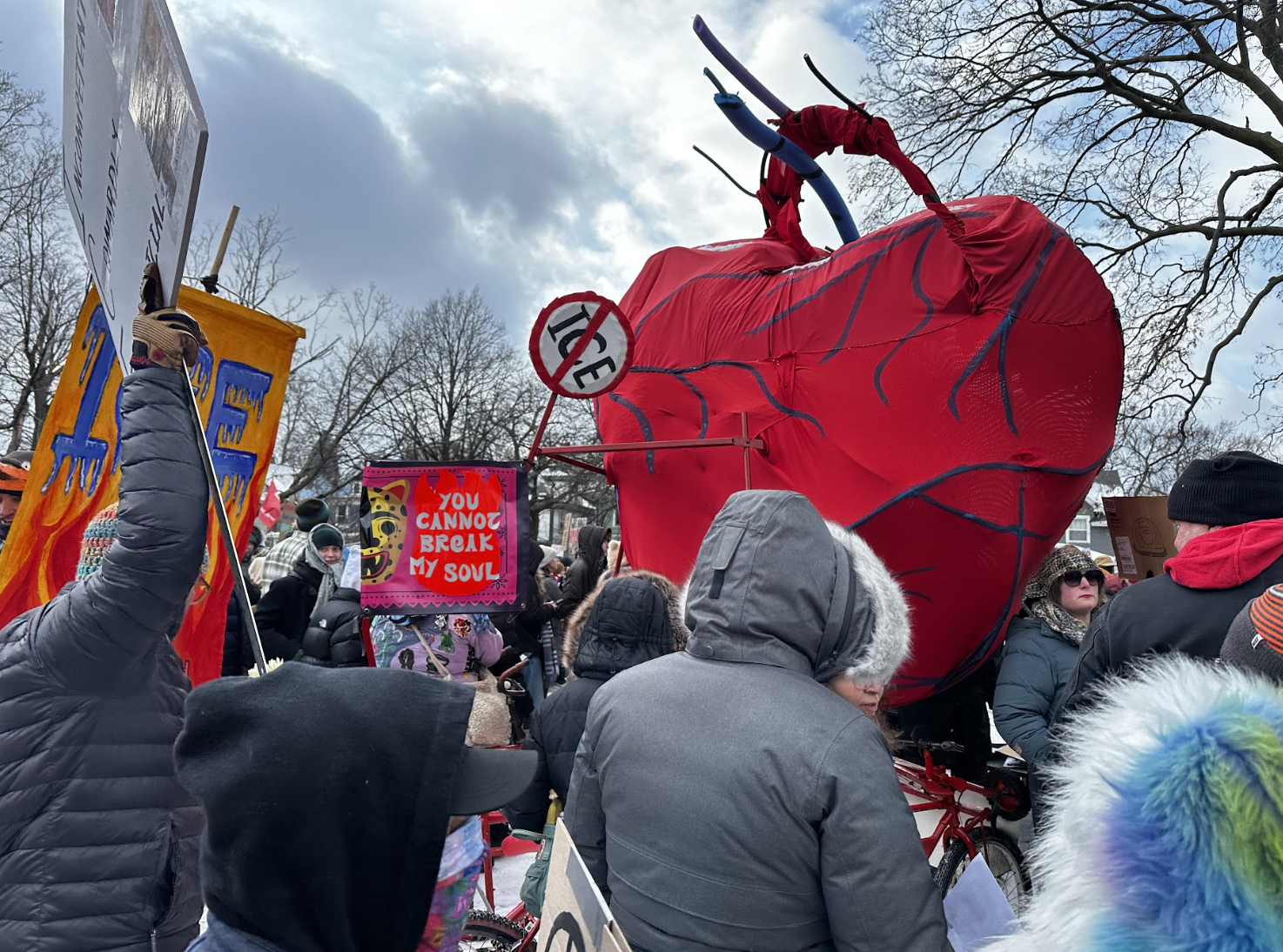You can tell Ernest Burkhart is a little thick from the start. He squints out at the world with the pained, puzzled look of a leading man about three-quarters of the way through an old noir—you know, right around the time he figures out he’s been hoodwinked but before he cops to the fact that he’s completely screwed. This is not a guy good things will happen to.
Burkhart’s on a train arriving in Oklahoma when we first see him, returning from the Great War with a fouled up gut and an absolute lack of purpose he hopes can be overcome by the influence of his powerful uncle. Since that uncle turns out to be Robert De Niro, Martin Scorsese’s go-to blunt implement of destruction, and Ernest is Leonardo DiCaprio, the pet patsy the director loves to wring sweat from like a limp washcloth, you can quickly sense where Killers of the Flower Moon is headed, even if, like me, you haven’t read the 2017 David Grann nonfiction bestseller on which it’s based.
Except you can’t, not really. What’s disorienting about Killers of the Flower Moon is how casually it shifts between genres. By turns it’s a western, a love story, a historical epic, a true crime mystery, a gangster flick, a police procedural, and a courtroom drama. At one point Scorsese even offers a whizbang parody of the story he didn’t exactly tell in a way that indicts the cheapening of human death for entertainment, an offense he himself was often accused of in his showier days.
But Killers of the Flower Moon doesn’t jerk between gears. Instead, like a kaleidoscope, it just takes a little twist for all the elements to fall into a different pattern. In one sense this is a display of mastery, with the 80-year-old auteur exhibiting how many ways he can tell one story. In another, it feels like an admission that he’s torn between the story he’s tasked to tell and the one he can’t resist.
In adapting Grann with co-writer Eric Roth, Scorsese has pledged to tell as accurately as possible what happened when the Osage Nation were driven west from their ancestral homelands by the U.S. government only to discover oil in the late 19th century on the Oklahoma land to which they were exiled. A series of killings in the 1920s went uninvestigated until the newly formed U.S. Bureau of Investigation was dragged out west by Osage complaints to make a show of enforcing the law. This picture (to use Scorsese’s preferred term), like the original book, distills this ordeal through the experience of Mollie Kyle (Lily Gladstone), an Osage woman whose family was systematically murdered in order to steal away her oil rights.
Gladstone, who was so quietly expressive in Kelly Reichardt’s Certain Women, is even more magnetic here, and yet the tension at the heart of the film is that Scorsese doesn’t always spend the time with Mollie that he could. He can’t hew to her perspective because he’s lured away by one of his pet obsessions, the relationship between the naive hustler (DiCaprio) and his criminal mentor (De Niro). With a closing scene that doesn’t excuse that tension away, Killers of the Flower Moon embraces the difficulty of historical storytelling, especially when coming from a cultural outsider.
Burkhart’s train arrives at Fairfax, a boomtown where the newly wealthy Osage flaunt their unexpected bounty and conniving whites—from the photographers charging thirty bucks a snap to the car dealer who falls down on his knees begging for a sale—are swooping in from all sides to fleece the nouveaux and gather up any loose change they can. But these scams are petty set beside the government’s paternalist project: The Osage funds are managed by the feds, and we see individuals forced to plead with officials for their own money.
Scorsese vividly reimagines a world of drag races down Main Street and scuffles among the poorer whites in the street as the Osage strike an uneasy balance between their traditional ways and modern town life. He takes his time here, as he does whenever the movie spends time among the Osage, documenting more than narrating. The photographs of proudly affluent families, even if they’re literally being seen through the lens of white hucksters, are proffered as evidence that these people lived.
Plotting the biggest swindle of all is De Niro’s “King” Bill Hale, who wants his dopey nephew to marry into Osage oil rights. He’s not the only white man to have that thought—that just might explain why so many of the Osage have been turning up dead. Hale is an insidious breed of racist, the sort who studies and claims to respect the ways of the Osage even as he calls them a “sickly” people doomed to extinction. The more white men marry Native women, the more that oil money is returned to its rightful white owners in his view, his motivation nothing as simple as greed. He’s righting a cosmic racial injustice, and to the end he considers himself a trusted friend of the Osage Nation.
Hale draws Burkhart into his scheme slowly, beginning with a talk where the elder lays out the ways of the Osage—does any director love to have characters explain how particular social conventions work as much as Scorsese? In case we doubt how simple Ernest is, or how aware his uncle is of his limitations, Hale asks, “Do you read?” before handing his nephew a children’s book about the Osage. “Can you spot the wolves in this picture?” Burkhart makes out slowly. (Scorsese is not a subtle man.)
Hale also cautions Ernest to keep his mouth shut around the often taciturn Osage, a lesson he doesn’t take to heart. “You talk too much,” Mollie Kyle tells Ernest at their first meeting, when he becomes her driver, and we don’t know if she’s flirting yet or not. Here, DiCaprio brilliantly extinguishes his natural charm as a way of working up a less charismatic man’s attempt to win a woman’s love. And love is what Ernest and Mollie fall into. Throughout their courtship the two display a connection for each other that will allow Ernest to convince himself that everything Hale pressures him to do will help Mollie in the long run, and will allow Mollie to stand by Ernest beyond reason.
In a remarkable interview with Richard Brody (does he give any other kind?), Scorsese says that why Mollie stays with Ernest is unknowable, but how she says with him can be depicted—a Jesuitical bit of hair-splitting that turns out to offer real insight about what film and can’t convey. These are characters whose rationalizations and self-deceptions we can witness even if we can’t ultimately comprehend their motivations.
Ernest seems convincingly deluded throughout. You can’t tell what he knows, and you can’t even tell what he thinks he knows. He’s enlisted to eliminate his wife’s family, one by one, but can’t see the endgame even once it’s clear that Hale’s plan can’t really succeed while Mollie remains alive. Mollie’s foresight is clearer, but that doesn’t mean she acts more rationally. “He wants our money,” one of Mollie’s sisters cautions her about Ernest before they marry, and of course he does. But what can she do? She’s not blinded by love, but she is paralyzed by it.
Curiously, Scorsese’s Catholic sensibility waxes strong in Killers of the Flower Moon. While the killings are quick, violent, and rarely cinematic (in keeping with the director’s move beyond the violently exhibitionist) the camera is not reluctant to linger over the corpses, offering the bodies up as evidence and as a form of respect. The old altar boy can’t turn away from the mortification of the flesh.
Though the camera is relatively stationary for the director, there are touches of the old Scorsese bravura here. We’re introduced to Hale’s ranch from a swooping overhead shot that shrinks the cattle that mill below to unrecognizable miniatures, and in the final scene of the picture we rise back up for a very different purpose. Fans of tracking shots (and you know who you are) will get off on how the camera breezes from room to room to familiarize us with Ernest and Mollie’s house. And during one tumultuous scene, Scorsese generates bustle through the movement of bodies where a lesser director would fake it with a handheld.
And then there are those indelible Scorsese set pieces, those images so unshakeable they almost overwhelm the surrounding scenes, including a fire that rages on Hale’s ranch with the force of the demonic. This particular milieu allows Scorsese to indulge his love of ritual, so he follows a girl as she walks over her grandmother’s coffin at a funeral, per Osage tradition, and when the Osage first discover oil, they dance within it in a kind of baptism. Soundtracking it all is Robbie Robertson’s tasteful pastiche of quiet blues and Native music and orchestral swell, which fits the mood regardless of authenticity, also integrating contemporary recordings (I could ID Emmett Miller and Henry Thomas but missed countless more).
As always in a Scorsese picture, the supporting roles stand out. Plump, red, and pocked, an understated Jesse Plemons represents the nascent FBI, which doesn’t swoop in to save the day—the Osage have to travel to DC to plead for an investigation. Brendan Fraser looms wonderfully into the frame when you least expect him, Tantoo Cardinal is a stoic presence as Mollie’s long-suffering mother, and Tatanka Means is a dashing undercover federal agent you’d love to see more of. Scorsese has also cast a raft of musicians. Jason Isbell is quiet and cagey as Ernest and Mollie’s brother-in-law, Sturgill Simpson wiry and tortured as one of Hale’s goons. There are appearances from Charlie Musselwhite and Pete Yorn, who happens to be Scorsese’s (and DiCaprio’s) agent’s brother.
For all this, Killers of the Flower Moon is, quite literally, a face-off. Here are three great cinematic faces, each emotionally opaque in its own way. You might accuse DiCaprio of telegraphing Ernest’s denseness with that perpetually scrunched brow; he resembles Jimmy Cagney if he’d been walloped on the noggin with a frying pan at birth and never shaken off the shock. At times Ernest’s expression is so stunned you wouldn’t be surprised if little cartoon birds started circling his head.
But DiCaprio works remarkable changes on that affectation over the course of the picture. He’s an actor it’s easy to undervalue because so often he’s chosen parts that seem perfect for him, and you can mistake his characters’ shallowness or immaturity for his own. And time has aided his growth as an actor: DiCaprio’s face doesn’t age so much as it grows… different. Odder. Without losing his looks, he’s developed the squared, cartoonish features of a Dick Tracy character. Notably deglamorized here (and playing a guy nearly 20 years younger than himself), he’s richly photographable—without his changing expression, a minor shift in lighting reveals a new side of his character.
As Hale, De Niro leans here on his maliciously inviting lip-clenched smile, basking in the warmth of his own hypocrisy. He may just be adding another horrible man to his resume—he’s probably got no surprises left for us this late in the game—but it’s still a pleasure to watch a master work minor variations on a theme. And cinematographer Rodrigo Prieto makes the most of both men. For the first part of the film Hale and Burkhart are warmly lit, suggesting a smug contentedness. Then the law closes in, and the lighting sharpens into an incriminating glare. The shadows do the near-impossible, revealing unfamiliar crevices in De Niro’s famous face, and working on DiCaprio until he comes to resemble his elder.
Still, Gladstone’s impassive gaze nearly defeats them both. Like De Niro’s, hers is a smile that reveals nothing, edging toward a smirk. Her eyes can tease without mocking, rage with sadness, or go dead-blank with shock. Her face is a Renaissance master’s dream, and there’s no way Marty didn’t see the Mona Lisa in her smile. And as with that masterpiece, there’s an uneasy tug between the agency of the woman and the artistic drive of the man representing her.
Gladstone has the hardest job here, because mid-film she has to struggle to preserve Mollie’s humanity even as Scorcese seeks iconicity in her visage. As Mollie grows feverish from morphine, Prieto films the ailing woman like some combination of the Mater Dolorosa and the dying Christ. When the camera breaks DiCaprio and De Niro into compositional elements it only deepens their characters; when he does so with Gladstone the impulse to render her archetypal, representative. That’s Catholics for ya.
Given the film’s length (get over it), some have suggested that Killers of the Flower Moon could use an old-school intermission. But maybe no director’s work lends itself less to that pragmatic convention. A Scorsese picture doesn’t have separate acts; it never pauses, let alone stops. Each scene bleeds on into the next, along that inexorable rhythm that editor Thelma Schoonmaker has perfected over the years. At his most crowd-pleasing, Scorsese turns this flow into a headlong rush. Here it has the sense of history perpetually tumbling forward, even as Klan marches in Fairfax and glimpses from a newsreel of the Black Wall Street massacre in Tulsa remind us that “progress” can always be reversed.
At times Ernest is so dim you wonder why Hale doesn’t seek a more competent accomplice. But the competition is even worse, and, anyway, it’s not like anyone’s gonna come after them over some dead Osage. What’s horrifying about their conspiracy is that it’s barely concealed, and it isn’t even the clumsiness of their plotting that undoes them. It’s chilling to witness a slow motion attempt at genocide, life by extinguished life, as a contemporary, even less concealed attempt is happening elsewhere in real time.
Like De Niro’s Frank Sheeran in the The Irishman, Ernest is a dupe who wastes his life out of misplaced loyalty. But for all his supposed far-seeing wisdom, Hale himself is just as much a pawn, a tool of manifest destiny who reaps none of its rewards. From Jake LaMotta imitating Brando with questionable self-awareness to Henry Hill resigning himself to life a schmuck, Scorsese has always shoved the futility of a thug’s life in our faces. But in his later years, he’s taken a longer, historicized view of the banality of crime.
If the cynical ’70s response to the enforced happy endings of the Code-era gangster flicks Scorsese mainlined as a boy was “crime does too pay,” the director has set about to show that “crime doesn’t pay” is just as unhappy an ending. Crime doesn’t pay and yet brutes and criminals keep smashing their heads against walls, throwing away their lives and the lives of those they could have loved, dehumanizing themselves. You don’t get what you want and you lose what you have.
When Mollie takes center stage here, she represents all the people that Scorsese movies have happened to over the years; when her ultimate fate is revealed, the director allows Mollie her dignity, even granting her privacy in a way. Yet most of his energy goes into unraveling the complex stupidity that drives the local instruments of broader white supremacy. No one can say why men do such evil deeds. But Scorsese can show us how.
GRADE: A-
Killers of the Flower Moon is now playing in area theaters.






